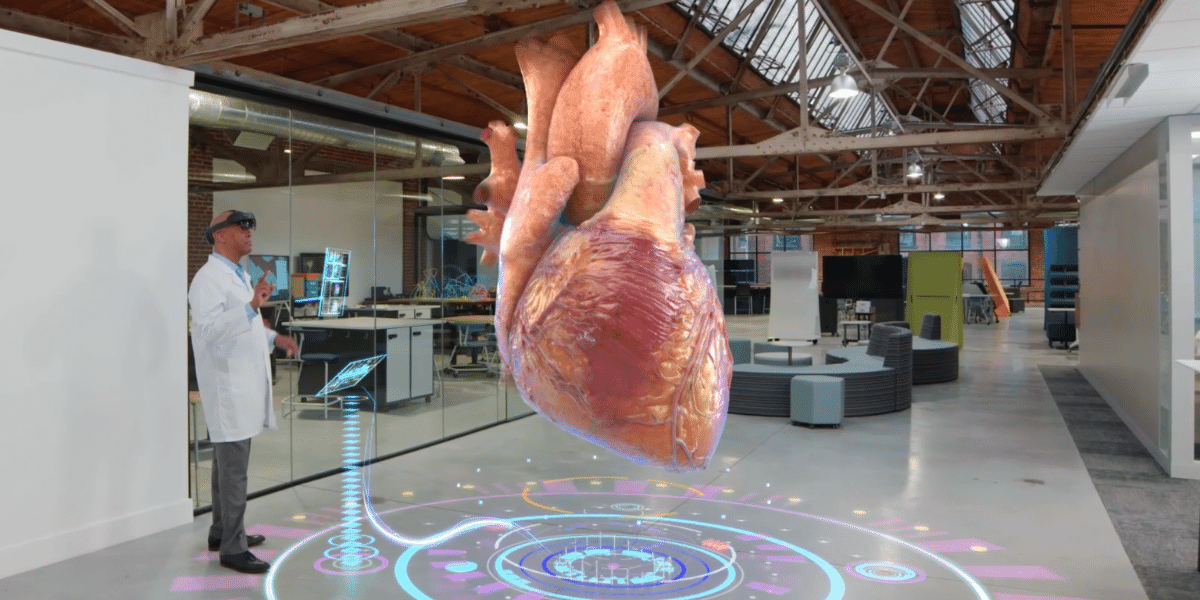eLearning is no longer a new phenomenon in the world. In the last decades, institutions of higher education and healthcare providers have continuously adopted technology to enhance interactions. And today, interactive education plays a vital role in multiple education fields.
Experiential education in medicine includes tools for effective interaction and active participation. For instance, human anatomy is a three-dimensional concept requiring effective comprehension of the relationship between structures. Interactive technology attempts to replicate a practical class through immersive educational experiences. Interactive 3D medical education allows healthcare providers to study human cadavers, models, and microscopic samples.
But, like other new endeavors, implementing interactive technology in medical education has not been without challenges. Investing in technological tools to facilitate medical education has been a big step in medicine. Unfortunately, some challenges during interactive learning may not disappear in a fortnight. Here are common challenges you can expect in interactive medical education:
Ineffective Time Management
Time management is a constant challenge for learners. Interactive education is an effective tool for enhancing experiential education in medicine. Unlike the conventional face-to-face class settings, HCPs must find time on their own to learn.
Effective time management results in reduced anxiety levels and greater performance. This way, the nature of medical content and the practicality of learning activities require healthcare professionals to have effective time management skills.
Poor time management is also linked to poor educational outcomes, irregular sleep habits, and high-stress levels.
Complexities in Medical Content
Medicine is a complex field that requires intelligence of a high level. In addition, it requires people to complement theories with practical assessments and laboratory tests to improve retention.
Although interactive learning involving 3D medical education allows healthcare providers to replicate a face-to-face class, a lack of personal touch and effective interaction with laboratory equipment and other medical amenities facilitates an adequate understanding of complex concepts.
For instance, teaching anatomy through a virtual class can be difficult. Teaching the concept in a virtual platform may take extra effort and more time due to the lack of interaction with bone samples, embryology models, a physical autopsy of corpses, and microscope slides.
Lack of Motivation
Experiential education in medicine allows medical students to participate actively in their learning, resulting in increased information retention. Unfortunately, virtual interaction may not offer substantive personal interaction in the conventional learning setting.
Virtual learning, however engaging, can be substantially demotivating after some time. Lack of motivation can be detrimental to the progress of medical professionals. Coupled with the complexities of medical concepts, low motivation can cause substantial problems.
Isolation
Interactive learning allows medical professionals to interact to a great extent. Nonetheless, these interactions cannot be as effective as in a physical learning environment.
Online discussions and assessments in a virtual platform spring healthcare professionals into action but in a different model from a conventional classroom where people physically interact with others.
Technical Issues
Technical issues are inevitable with technological equipment. Although technical teams are alert in medical settings, avoiding problems with your devices can be daunting.
Sometimes a computer shuts down amidst practical experiments, or your internet connection experiences issues while teaching. In addition, many medical professionals are not tech gurus, and even some lack basic tech skills. When such technicalities arise, medical professionals are forced to leave a session until the problem is addressed.
Some People Maybe Left Behind
Individual difference is an essential aspect, even in medical professionals. Heathcare professionals have varying learning and understanding levels.
It’s difficult to assess learners’ retention in an eLearning environment since it can be challenging to read body language. Consequently, people may put on a bold face and stay silent even when they have not understood the concept efficiently.
Integrating Experiential Education in Medicine With Tipping Point Media
Interactive education is still a new concept for healthcare professionals. Many healthcare providers have not yet fully adopted the technology due to the complexities involved. In addition, transitioning the practical aspects of medicine to the virtual platform can be daunting.
However, with professional assistance, you can implement effective experiential education in medicine. Tipping Point Media can help you create a virtual solution that can easily access through various devices and mediums. Our virtual hybrid training solution can help you with device usage and procedure techniques to improve interaction and retention.
In addition, we can customize your training concepts through a 3D medical education to target your unique needs and help you achieve your learning objectives. Contact us to request a demo.

![Understanding Cancer Treatment through Virtual Reality (VR) – [2025 Guide]](https://tipmedia.com/wp-content/uploads/2025/04/blogs-7-10-25.jpg)

![How Augmented Reality Packaging Is Transforming Pharma Sales [2025 Guide]](https://tipmedia.com/wp-content/uploads/2024/10/blog-ARpackaging-2.jpg)